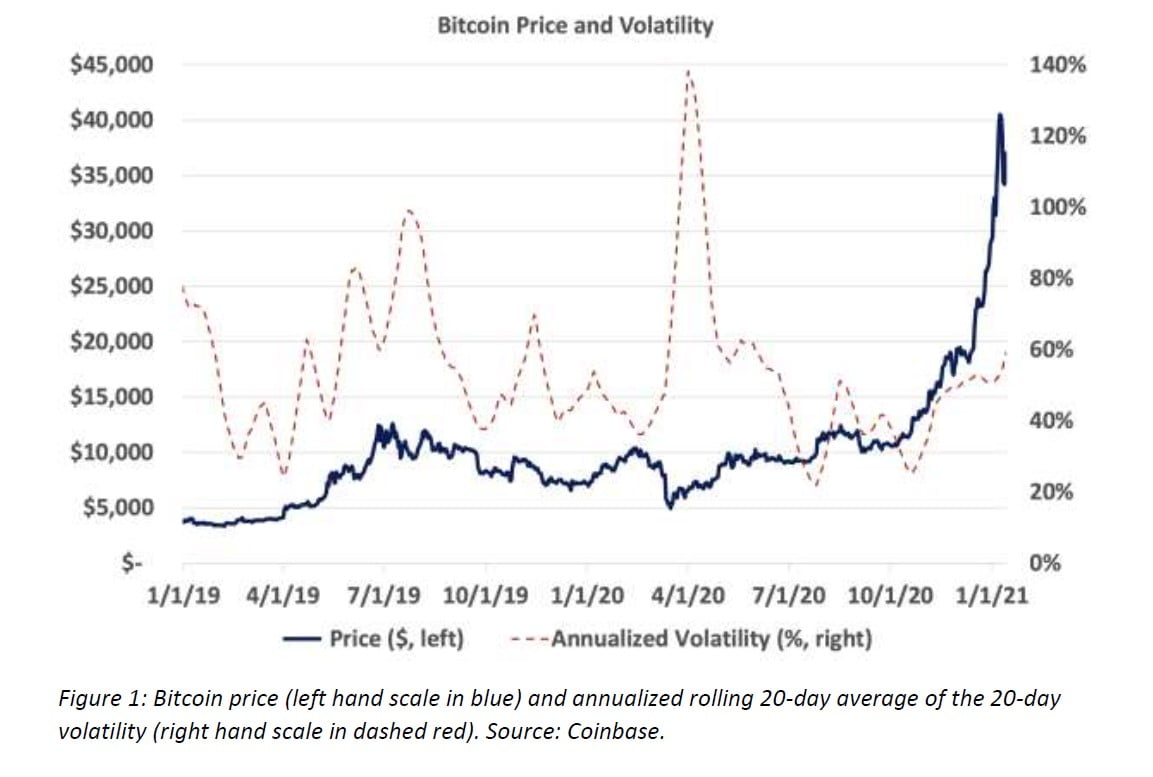Value stocks and high-risk stocks are the most likely to outperform in the coming months:
Q4 2020 hedge fund letters, conferences and more
- Certainty in US leadership, the coronavirus vaccine roll-out and large economic stimulus will have a big impact on the performance of equities in 2021
- Value, Small Cap and High Volatility stocks are likely to outperform
- More investors will turn to High Momentum and anti-inflationary assets
- Investment strategies will shift to ‘risk-on’
US Election Impact on Stocks
Our research shows that regardless of the winning party, new Presidents tend to enact stimulatory policies that help Value (those cheaper than their fundamentals suggest), Small Cap and High Volatility stocks to outperform. That’s exactly what we saw in late 2020, with those factors surging ahead of the former darlings of Wall Street: Growth and Tech stocks. Now President-Elect Joe Biden is expected to enact larger than normal stimulatory policies. This will drive their continued outperformance and stoke a ‘risk-on’ investment appetite.
Democratic control of the US Congress means President-Elect Biden will find it much easier to push through larger and more widespread stimulatory policies. But the path is not clear. Centrist Democratic Senators are likely to provide a brake on any policy that fiscally leans too far left. This is great for Wall Street – a stimulatory President who is kept in check by the Senate.
Last week, President-Elect Biden announced a $1.9T stimulus package to address both the economy and the coronavirus vaccine roll-out. The intention is to return to more normal economic activity and spur a recovery. The risk is inadvertent inflation.
Value stocks and high-risk stocks are the most likely to outperform
So, how can we expect stocks to behave? Value stocks and high-risk stocks are the most likely to outperform. So-called ‘coronavirus casualties’ like hospitality and travel stocks could see a big comeback in the near term. Airbnb, which listed on the public market in December, has rallied since the New Year on expectations of a surge in international travel later in 2021.
The rotation from Growth stocks over the past few months has also meant a rotation away from Momentum. The two investment styles were highly correlated because the rapid price rise of Growth stocks also made them High-Momentum stocks. That’s because Momentum captures upward price movement and any stock that rises for long enough becomes a Momentum stock. Today, few stocks have enjoyed a consistently rising share price and Momentum’s performance has slumped.
Bitcoin as a stand-in for Momentum
Investors accustomed to high Momentum in the stock market have been forced to seek such returns in other assets. Some found it in Bitcoin, alongside extreme volatility. Bitcoin’s average annualized volatility since Jan 1, 2019 has been a staggering 53% but hit 138% on April 1, 2020. Over the past few weeks, the price of Bitcoin has ranged between about $35,000 and $42,000 per coin, a return of over 550% since the beginning of 2020.
Bitcoin’s emerging role as a store of value means that it can provide a safe haven for investors fearful of inflation after years of soaring deficit spending by the US and other governments around the world. Bitcoin can provide uncorrelated returns, but it can also provide uncorrelated losses. What is clear is that investor interest in High Momentum and anti-inflationary assets is here to stay.
Figure 1: Bitcoin price (left hand scale in blue) and annualized rolling 20-day average of the 20-day volatility (right hand scale in dashed red). Source: Coinbase.
Article by Damian Handzy, Style Analytics






